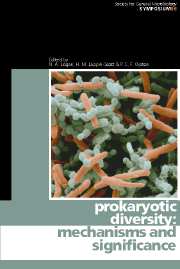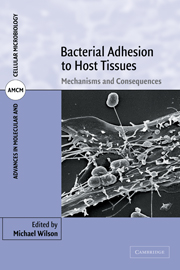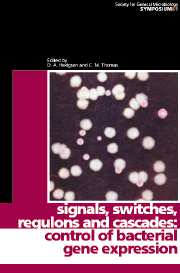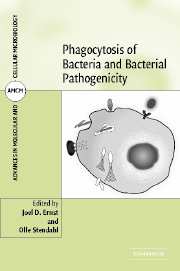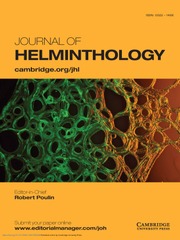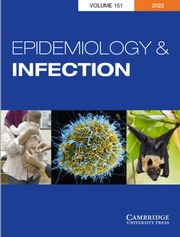Prokaryotic Diversity
The true extent of prokaryote diversity, encompassing the spectrum of variability among bacteria, remains unknown. Current research efforts focus on understanding why prokaryote diversification occurs, its underlying mechanisms, and its likely impact. The dynamic nature of the prokaryotic world, and continuing advances in the technological tools available make this an important area and hence this book will appeal to a wide variety of microbiologists. Its coverage ranges from studies of prokaryotes in specialized environmental niches to broad examinations of prokaryote evolution and diversity, and the mechanisms underlying them. Topics include: bacteria of the gastrointestinal tract, unculturable organisms in the mouth and in the soil, organisms from extreme environments, the diversity of archaea and their phages, comparative genomics and the emergence of pathogens, the spread of genomic islands between clinical and environmental organisms, minimal genomes needed for life, horizontal gene transfer, phenotypic innovation, and patterns and extent of biodiversity.
- This volume presents current research across the broad area of prokaryotic diversity, with relevance from environmental microbiology through to infectious disease medicine
- Describes the underlying mechanisms of the diversification process as well as the tools now available for studying these mechanisms and the diversity itself
- Covers many 'hot' topics in microbiology such as the possible link between chlamydia and heart disease, extremophiles, comparative genomics and the study of unculturable organisms
Product details
April 2006Hardback
9780521869355
314 pages
235 × 158 × 19 mm
0.64kg
41 b/w illus. 17 tables
Out of stock in print form with no current plan to reprint
Table of Contents
- Editors' Preface
- 1. Microbial diversity in the era of genomics R. R. Colwell
- 2. Patterns in prokaryotic biodiversity M. C. Horner-Devine, J. Green and B. J. M. Bohannan
- 3. A putative RNA-interference-based immune system in prokaryotes: the epitome of prokaryotic genomic diversity E. V. Koonin, K. S. Maskarova, N. V. Grishin and Y. I. Wolf
- 4. The significance of prokaryote diversity in the human gastointestinal tract H. J. Flint
- 5. The genetics of phenoytpic innoation H. J. E. Beaumont, S. M. Gehrig, R. Kassen, C. G. Knight, J. Malone, A. J. Spiers and P. B. Rainey
- 6. Minimal genomes required for life R. Gil, V. Pérez-Brocal, A. Latorre and A. Moya
- 7. Evolution of the core of genes V. Daubin and E. Lerat
- 8. Biogeographical diversity of archael viruses K. M. Stedman, A. Clore and Y. Combet-Blanc
- 9. Is there a link between Chlamydia and heart disease? L. A. Campbell and C.-C. Kuo
- 10. Unculturable oral bacteria W. G. Wade
- 11. Comparative genomics - what do such studies tell us about the emergence and spread of key pathogens? R. W. Titball and M. Duffield
- 12. Spread of genomic islands between clinical and environmental strains J. Klockgether, O. N. Reva and B. Tümmler
- 13. Evolving gene clusters in soil bacteria A. Morningstar, W. H. Gaze, S. Tolba and E. M. H. Wellington
- 14. Unusual micro-organisms from unusual habitats: hypersaline environments A. Ventosa
- 15. Genomic islands and evolution of catabolic pathways S. Lacour, M. Gaillard and J. R. van der Meer
- 16. Horizontal gene transfer and its role in the emergence of new phenotypes A. M. Osborn.

